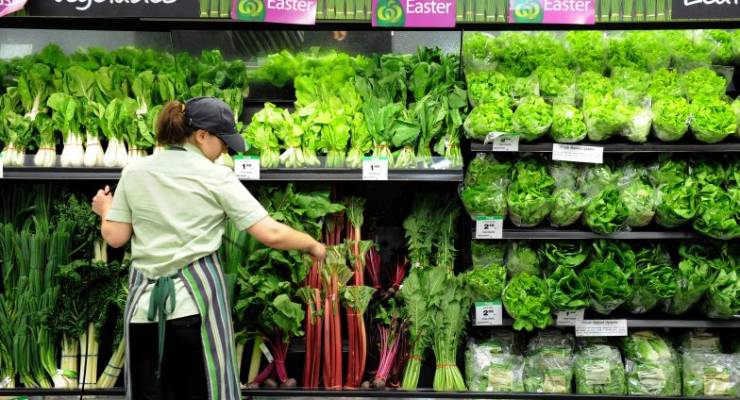
For decades women have fought to be equals in the workforce. Now they are emerging as Australia’s most essential workers.
But as new job figures show, they might also be shouldering most of the economic fallout.
Women are on the frontline in the war against coronavirus: fitting ventilators in hospitals, educating vulnerable children and helping stack supermarket shelves.
As the economic shutdown allows only the most essential workers to continue, it is predominantly women — despite being paid less on average than men — who have been left doing these important jobs.
The hard numbers reveal women dominate industries such as healthcare, education and food retailing, which are powering on as much of the economy grinds to a halt. As a consequence, women are disproportionately represented on the frontline of the pandemic.
Almost 80% of healthcare and social assistance workers are women, including nurses, doctors and hospital support staff. Aged-care workers are in the highest risk environments and have the biggest proportion of female employment at 95%. They are also much more likely to be part-time, lower paid and casual.
“It really does highlight how our workforce, particularly these service sectors, are so dependent on women,” Cherelle Murphy, a senior economist with ANZ, said.
“Without women they simply wouldn’t operate.”
Around the world, societies are depending on women more than ever to get through the chaos of COVID-19.
In the United States, the New York Times reports one in three jobs held by women has been deemed essential.
In Australia, there is no official list of who is essential and who is not. Prime Minister Scott Morrison has said an essential worker is anyone who has a job.
Yet almost all the industries operating at capacity now — except mining and manufacturing — are dominated by female workers.
Women are over-represented in education, making up 72% of teachers and childcare workers. They are still heading into work, or preparing to be the first to return.
There are many other jobs at the frontline of this crisis. Supermarket and pharmacy staff also show up to work and keep food and medicine on shelves. They are also more likely to be women; 60% of all retail sales staff are female.
But as emerging job figures reveal, there is another side of the crisis where women appear to be over-represented. Data published by the ABS on Tuesday reveal that women, particularly young women, have been more likely to lose their jobs in the past few weeks.
Economists say this is because the JobKeeper scheme does not cover casual workers who have been employed for less than 12 months, most of whom are young women.
“The job cuts and wage cuts for the week ending April 4 were bigger for women than men. It’s really a different scenario,” Murphy said.
“You’ve got the healthcare sector absolutely in demand, social assistance, aged care, childcare, but you’ve also got a whole lot of women at the other end losing their jobs. “
Another thing affecting women is unpaid home labour – this has increased because many children are being home-schooled. And as Murphy notes, as 72% of Australia’s primary carers are women, if anyone drops out of the workforce to care for others, they are more likely to be female.
Australian Nursing and Midwifery Federation’s federal secretary Annie Butler says it is a bitter pill to swallow when the crisis has revealed the critical role female workers play in Australia’s economy.
“These are the people that we can’t do without,” Butler said. “Until it’s demonstrated to us by a crisis, we chose to ignore how valuable those workforces actually are.”








By definition, beyond these are the, far too numerous, utterly NON essential jobs, virtually all male and wildly overpaid.
It would be nice if there were some significant recognition of the impossibility of doing without the female workforce, with the consequential recalibration of the value inherent but, as the phrase goes, no point pandering to “women & other minorities“.